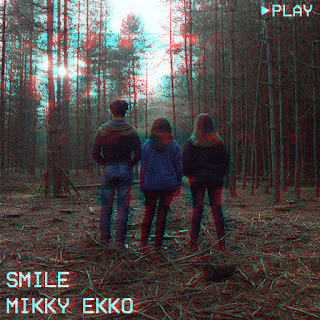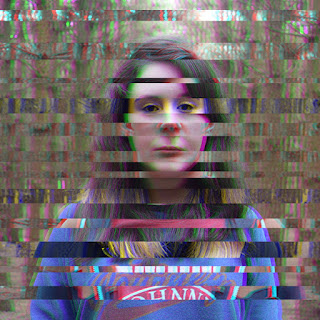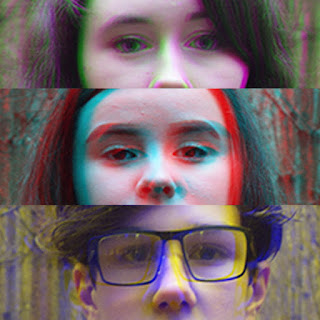Evaluation Question 4
Audio:Transcript:
The use of media and digital technology was essential to all stages of our progress in creating our music video.
In the planning stages being able to easily contact each other via our phones and social media, made organising filming schedules and delegating tasks much quicker than if we had to arrange everything in class. Social media was also integral in contacting cast. We were able to research the actors we initially wanted to use from Sandra Reynolds, and later, contacting the actors we used from our school. It also gave us a platform to promote our music video, update people on its progress, and market the final product.
Being easy access to the internet was integral to finding appropriate locations. When we first were looking for an abandoned building, and were hoping to film in the Pontins in Hemsby, it was vital we could assess the area in order to plan for shots, and made finding a bask-up location still in Hemsby easy. It also enabled us to find the eventual abandoned building in an area very close to us. We also used the internet to find the actors from Sandra Reynolds which, whilst they weren’t used, gave us a clear vision for who we wanted to cast in our video. YouTube greatly aided us too, in seeing examples of both student and professionally made music videos, and finding tutorials in order to better our editing skills and help inspire our ancillary tasks.
We used technology in the construction of our music video with the use of a shared google calendar in order to organise our filming schedule, and, again, the aiding of editing with tutorials and inspiration. We also used it for the promotion of our video and, of course, the camera used to film our video, which was the Nikon D3300 DSLR. And, in contribution, the planning and research sections of our blog aided the ease of construction of our music video.
In order to edit our music video we used Adobe Premier Pro, using the afore mentioned tutorials to not just cut our scenes together but utilise the effects available to our best advantage. However, some of the effects we desired were too advanced, and so, for which, we used Adobe After effects to, for instance, create the majority of the glitches as seen throughout our video. We also used the uploading of our rough cut to YouTube to help our editing process as we could target our alterations at the negative comments from our audience feedback in class from it.
Due to the promotion of our video on social media and the uploading of it on to YouTube we were able to gather audience feedback with ease, thereby enabling a more informed evaluation, which we have again posted on our blogs.In conclusion, we have used media and digital technology in order to gather information from a wide variety of sources and to plan for all eventualities, making our filming process well organised for. And in order to film and edit our music video, and gather valuable evaluative points for it.
.png)







































0 comments: